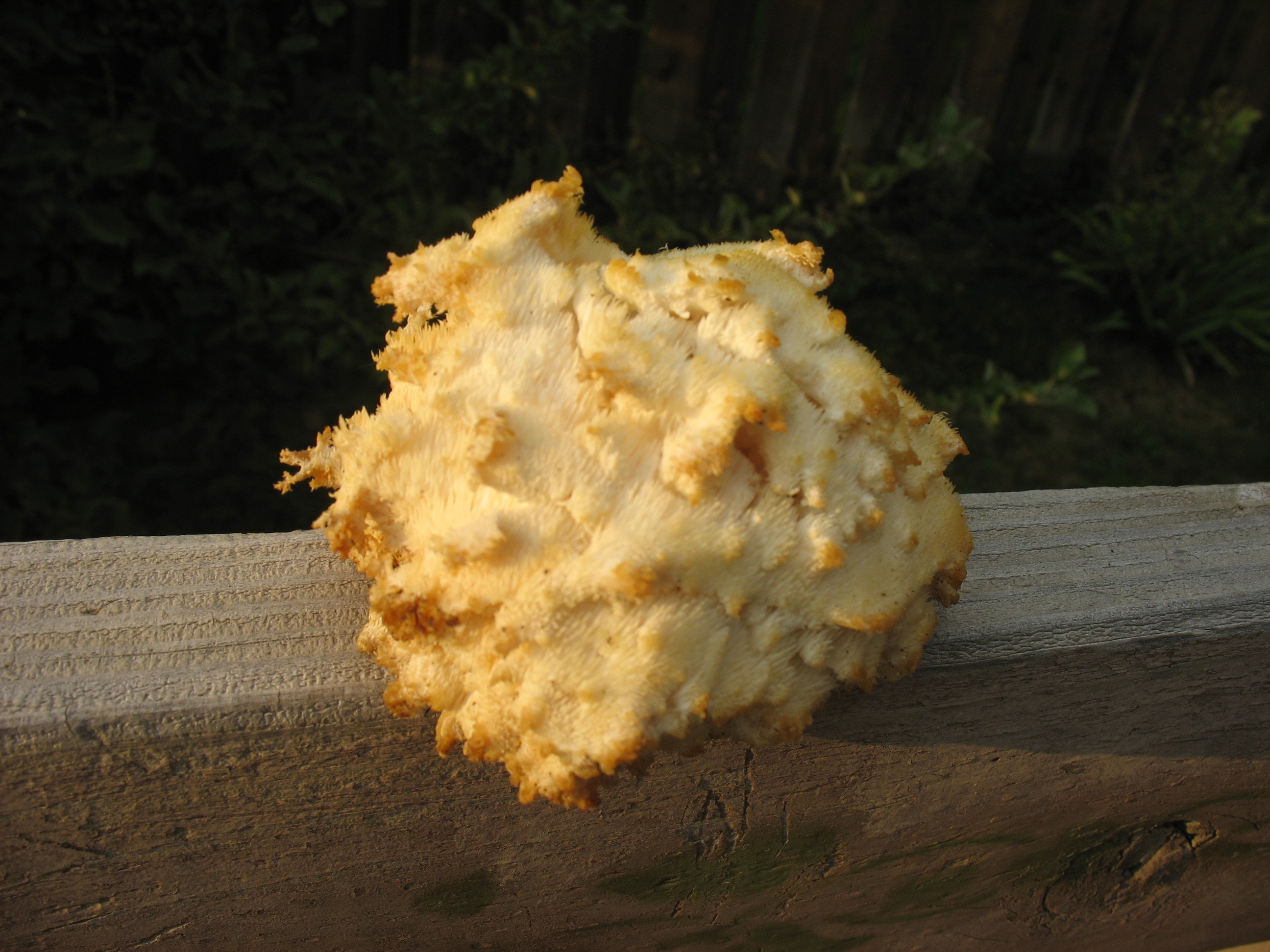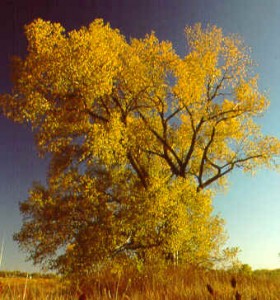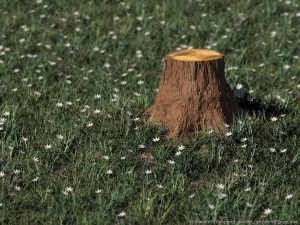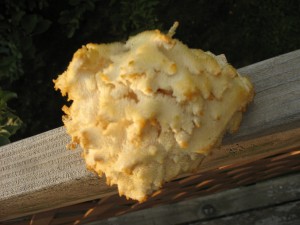Organic Mushroom Cultivation is critical for health and safety.
Most mushrooms concentrate, whether it is nutrients, minerals or toxins. They will grow on varied substrates so it becomes very important how and where your mushrooms grow. When using them for food it is important, but when using them for medicine, it seems crazy to put poison in your body when trying to heal! Organic is a good start, but it can be cheated, and I like to know exactly what my mushrooms have been exposed to.
Growing on trees and stumps seems organic and in most cases can be called organic, but it is necessary to know where these trees grow. Trees growing by busy roadways absorb toxins from exhaust as well as tires and brakes. Mushrooms then concentrate these toxins, and release them to the consumer. Substrates whether from farms or forest need to be scrutinized for contaminates.
Organic is a buzz word right now and I am glad people have been awaken to this worthy cause. Large agriculture and big business is in it for the money. They will grow on whatever is economically feasible, within our weak, and vague organic rules, to turn a buck. This should not be confused with what you or I consider to be organic, and safe.
The only safe way to know what you are eating, is to grow or pick it yourself. The only other way is to know your farmer, support them, and pay them well!




